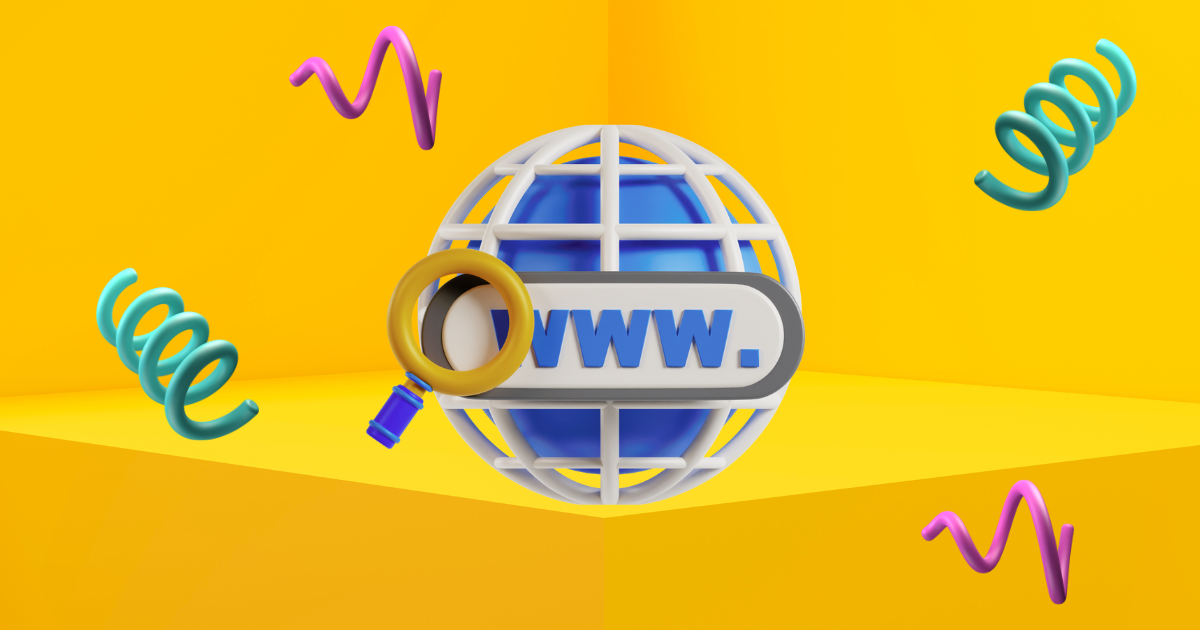
The Use of 3D Elements
In recent years, the use of 3D elements in website design has grown in popularity, as designers seek new and innovative ways to create immersive and interactive experiences for users. This trend is driven by advancements in technology, including the increased capabilities of graphics cards and web browsers, and a growing interest in visually appealing designs.
Enhanced User Experience
One of the key benefits of incorporating 3D elements in website design is the enhanced user experience. By adding an extra layer of engagement and interactivity, users can explore and experience products and services in a more immersive way. This increased level of engagement can help build stronger connections between users and brands, ultimately resulting in higher levels of customer satisfaction and loyalty.
Increased Attention
Another benefit of using 3D elements is that they can grab the user’s attention and make a website stand out from its competitors. This is especially important in industries where visual appeal is key, such as fashion and consumer products. By utilizing 3D elements, designers can create visually stunning websites that capture users’ attention and encourage them to explore further.
Better Storytelling
3D elements can also be used to tell stories in a more impactful and engaging way, helping to bring brand messages to life and build a deeper connection with the target audience. With 3D elements, designers can create dynamic and immersive environments that draw users into the narrative, making it easier to convey complex ideas or concepts.
Improved Product Representation
In addition, 3D elements can be used to create realistic product representations, allowing users to get a better understanding of the product before making a purchase. By providing users with an interactive experience that showcases the product’s features and capabilities, designers can help build trust and confidence in the brand, ultimately resulting in higher levels of sales and customer satisfaction.
Performance and Accessibility Considerations
While there are many benefits to using 3D elements in website design, there are also important performance and accessibility considerations to keep in mind. Because 3D elements can add to the website’s load time, designers must be careful not to sacrifice performance for visual appeal. To optimize performance, designers can use tools like compression and caching to minimize load times and ensure that the website runs smoothly.
Another important consideration is accessibility, as some users may have difficulty viewing 3D elements due to visual impairments. To address this issue, designers can provide alternative text descriptions or provide the option to turn off 3D elements for users who have difficulty viewing them.
Conclusion
The use of 3D elements in website design can enhance the user experience, increase attention, improve storytelling, and help to better represent products. When used properly, 3D elements can be a valuable tool for website designers looking to create engaging, interactive, and memorable user experiences. However, designers must also be mindful of performance and accessibility considerations to ensure that all users can enjoy the benefits of 3D elements without sacrificing usability.





